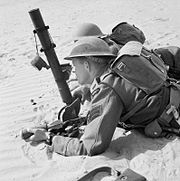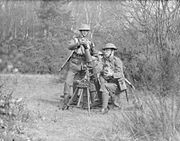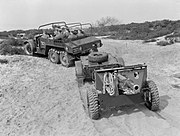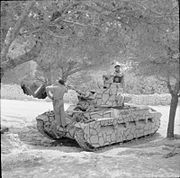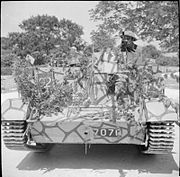First, a big Thank You to Jeff for sponsoring this thread. The impetus for the subject was my appeal for research assistance for a Malta invasion game on which I've begun working. The actual event was to occur in June (or July? or August?) 1942, but although much effort and resources were devoted to it, the invasion never came to fruition. Since I’m sure that everyone appreciates the strategic significance of the island to both sides, I don’t think we need to spend much time debating why an invasion was given serious consideration by the Axis; rather, we’d like to know how it was supposed to happen, how the defenders were preparing for it and, perhaps, how it might actually have played out?
But that might be something for the game to resolve ;-)
Given that most of the information available in English (in books, articles, and on-line) is from very few, often repetitious, frequently unreliable sources, there is much to learn here – concerning the forces and intentions of both sides.
Jeff touched on this lack of reliable information when he outlined the amphibious landing sites identified by the Italian planners of Operation “C3”. From excerpts of The Plan published on-line long ago by Davide Pastore, I learned that most of the infantry divisions involved in the operation were to come ashore in a portion of the southern coast code-named “Famagusta”. This sector stretched from a promontory southwest of Qrendi Airfield east to an inlet just south of Qrendi village (see map). This amounted to about 4.5 kilometers of some of the most forbidding terrain one could imagine for an amphibious assault – especially one with upwards of 28,500 – 38,000 troops (depending on whether three for four divisions went ashore). And then there was all their equipment (48 prime movers and light trucks, 24 pieces of light field artillery, scores of mortars, motorcycles, and machine guns …plus 1000 tons of “assorted supplies” per division. And 46 AFVs in the first three divisions, too).
Although there’s little indication on Google Earth imagery or the plentiful hand-held photos that the steep cliffs in Famagusta zone could possibly be surmounted by all that, the C3 plan is quite specific: several negotiable sites and paths exist, even if they’re not too evident in modern imagery. The descriptions are specific and detailed enough (see the excerpt from Gabriele’s book in Jeff’s first entry) that we have to admit that the General Staff planners apparently knew what they were talking about. To secure the precipitous landing areas, several battalions of paratroops would land first, sealing off the coastal area until the amphibious forces were ashore and organized. Then, they’d all attack towards their preliminary objectives: at least one airfield and the excellent harbor at Marsaxlokk Bay
Okay – so it’s possible to put several divisions ashore where the British evidently thought no one would dare to pass (where have we heard that before?). Reinforcements coming into the captured airfields and Marsaxlokk would quickly overwhelm the defenders, just as had happened the previous year on Crete. Mission accomplished!
There’s a number of questions I have before considering those details, however, and I hope someone might have the answers.
The Italian planners optimistically included the whole of the German 7.Flieger Division in their plan, although most of it was still in Russia, or being reconstituted back in the Reich. Possibly only four battalions (plus support troops), constituted as the “Ramcke Brigade” could have participated. Unless there were other German airborne formations sufficiently filled out, equipped and trained to have participated as well?
The C3 plan assumes that the (slimmed-down) Italian assault divisions were at a full strength of 9500 men each, although most Italian formations at this time were at only a fraction of their authorized TO&E. Of course, most of those other units were having a hard time in Africa at this time, too. Perhaps the Malta invasion force was carefully kept topped up in the expectation that they’d need every man?
More questions, considerations, and discussion to follow! Thanks to anyone who can contribute to this thread …your input will be most appreciated!
Bruce




